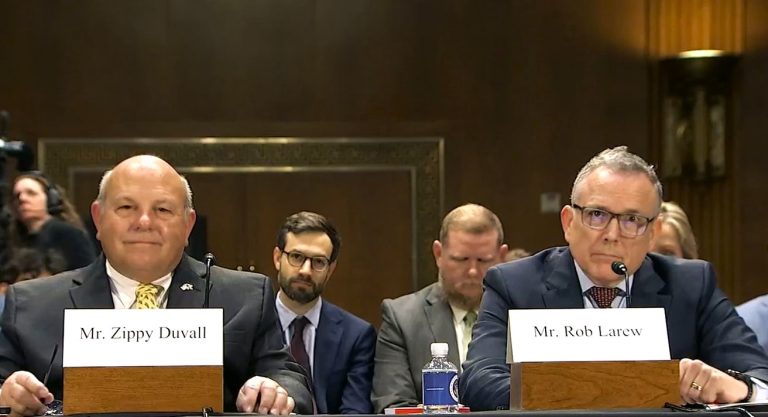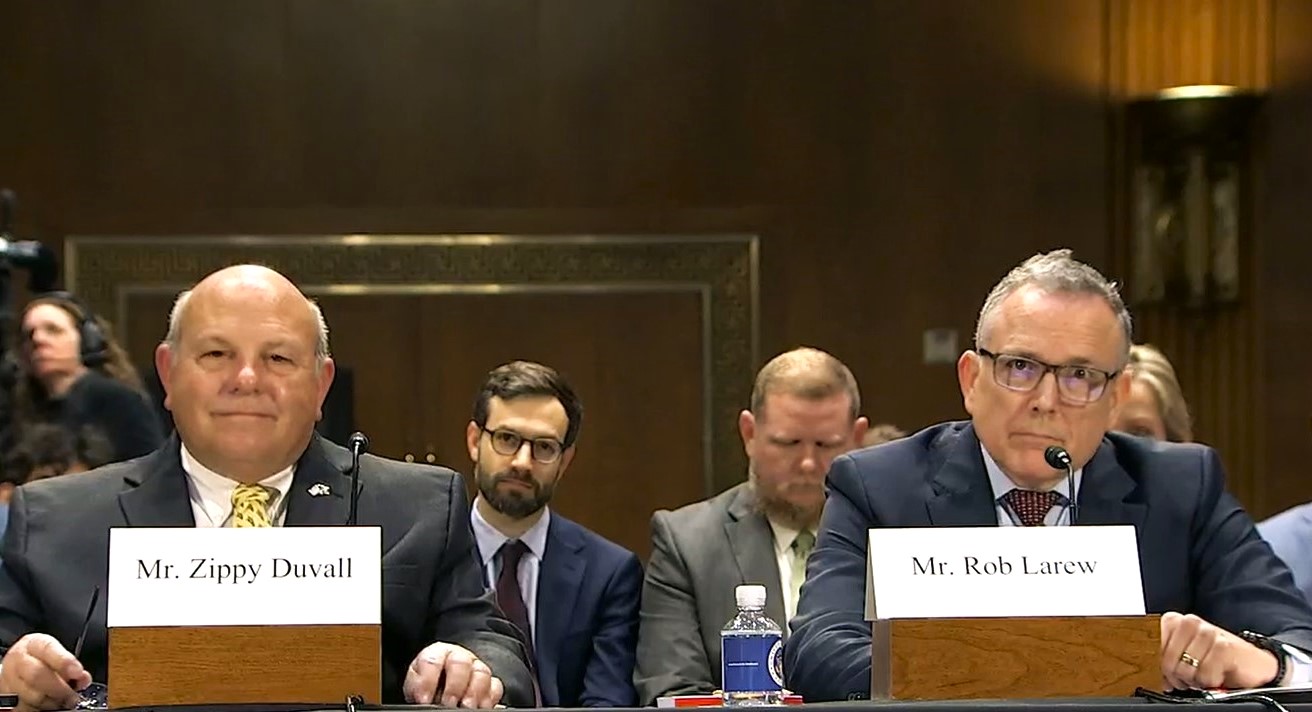PIERRE — The lack of any sign-ups for a multimillion-dollar water quality program is evidence that agricultural operations need even more incentives to keep waste out of waterways, according to the leader of the state’s environmental regulatory agency.
Hunter Roberts is the secretary of the state Department of Agriculture and Natural Resources. He briefed the House Agriculture and Natural Resources Committee on Tuesday at the state Capitol.
“We have dozens of these facilities that are within a mile of the Big Sioux River or a tributary and they’re not managing their waste,” Roberts said. “So, if you have 500 head that you’re feeding in a feedlot and you’re not managing your waste, and they’re within a mile of the Big Sioux, the chances that manure ends up loading in the river are pretty high.”
Afterward, Roberts said he was referring to smaller feedlots that do not come under state regulation because of factors including their size.
The department hopes to address the problem via a cost-sharing program with the federal National Resources Conservation Service that helps construct waste management systems.
“So, our thought is to partner with NRCS and put a little bit more of a carrot in place,” Roberts said.
The issue of agricultural waste in the Big Sioux River has been making headlines. A water conservation nonprofit recently gave the Big Sioux River an “F” grade for unsafe E. coli levels.
The primary cause of the unsafe levels is cattle manure, which runs off from agricultural operations after rainfall and makes its way to public waters.
DANR has been working to address that problem with a riparian buffer strip program.
A buffer strip is a vegetated area along a stream or river that helps filter out waste and soil before it enters the water. Buffer strip root systems prevent soil erosion along the stream and river banks.
“The thought is you have grass that helps ‘buffer’ the chemicals, soil and other things that degrade water quality from getting into the rivers and streams,” Roberts said. “It’s certainly valuable.”
But the financial incentives have not proven sufficient, according to Roberts. Older property-tax incentives for buffer strips have drawn some sign-ups. But Roberts said nobody has signed up for cash incentives through the state’s Riparian Buffer Initiative – which includes a focus on the Big Sioux River Basin – since those incentives were rolled out with more than $3 million in funding a little over a year ago.
“We did not sign up any landowners as we worked through this,” Roberts said. “The feedback that we got back was that we’re not paying enough to really move the needle.”
And because of that, Roberts wants to increase payouts. The plan includes paying more for standard enrollments, and additional incentives for buffer strip lands also enrolled in the federal Conservation Reserve Program.
“It puts more dollars on the table to incentivize that change,” Roberts said.
DANR materials say that under the current cash-incentive program, a 50-foot, half-mile buffer under a minimum 10-year contract would yield a total payment of about $5,000 for cropland and $1,300 for pastureland.
Under a new formula Roberts outlined, the rates for the same examples would increase to about $13,000 for cropland and $3,400 for pastureland. Overall funding for the program will remain the same.
“We’ll have less ultimately sign up, but we will have some people sign up,” Roberts told South Dakota Searchlight.
Roberts said after the hearing the state is hopeful that additional “carrots” in the form of higher incentives will be enough, and that “a stick” is not yet necessary.













